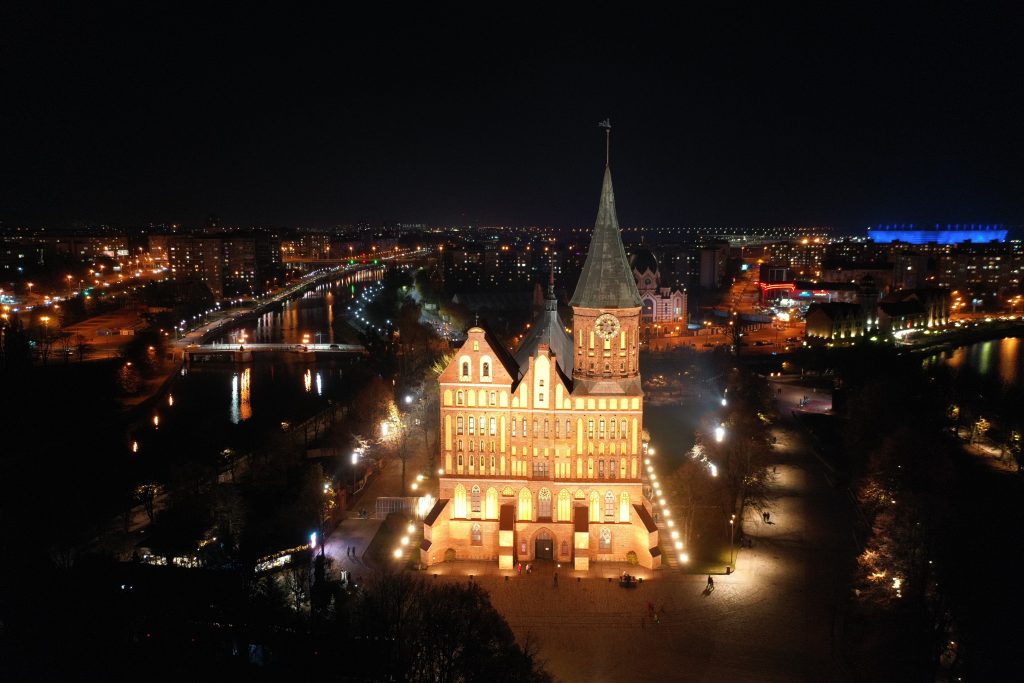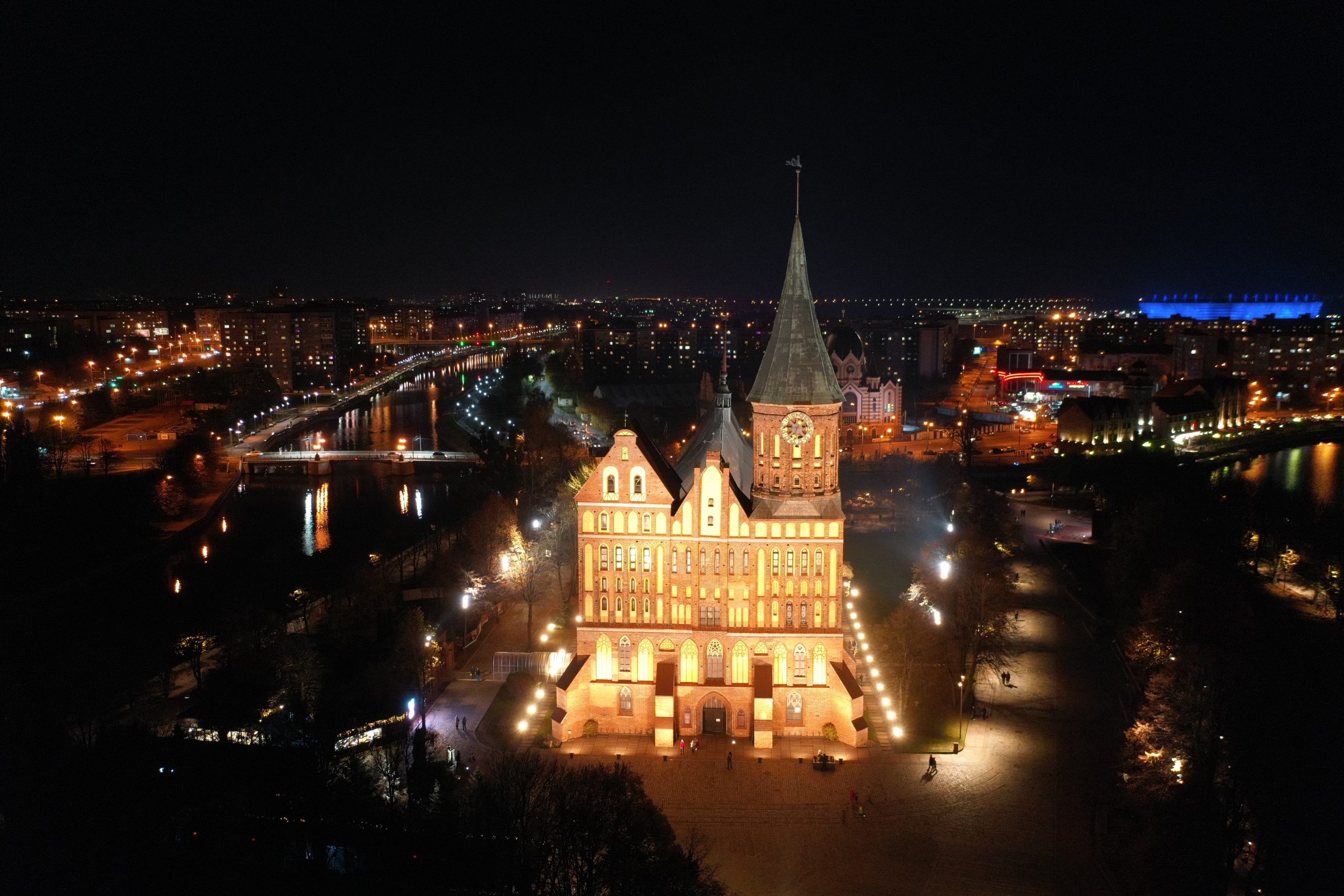
The Königsberg Cathedral, now known as the Kaliningrad Cathedral, stands as a historical edifice in the city of Kaliningrad, Russia, bearing witness to the city’s complex past. Formerly named Königsberg when it was part of East Prussia, Germany, the cathedral has become a symbol of the city, embodying its long and rich history. Constructed primarily from brick, this magnificent structure is a prime example of Gothic architecture. The foundation stone was laid in 1333, establishing it as the main church of the region and a place of worship for the inhabitants of Königsberg. Throughout its history, the cathedral has witnessed numerous significant events and has endured various wars and conflicts.
However, during World War II, the cathedral, like much of the city, suffered severe damage. In 1944, amidst an air raid, the cathedral was bombed and burned, leaving it in ruins for many years. After the war, Königsberg became part of the Soviet Union, marking a new chapter in the city’s history. The cathedral’s ruins stood as a somber reminder of the war’s devastation until restoration efforts began in the latter part of the 20th century. Today, the Kaliningrad Cathedral serves not only as a historical monument but also as a cultural center, hosting concerts, exhibitions, and housing the museum of Immanuel Kant, the renowned philosopher who once lived in the city. Its resurrection from ruins to a beacon of culture and history is a testament to the resilience and enduring spirit of Kaliningrad and its people.
